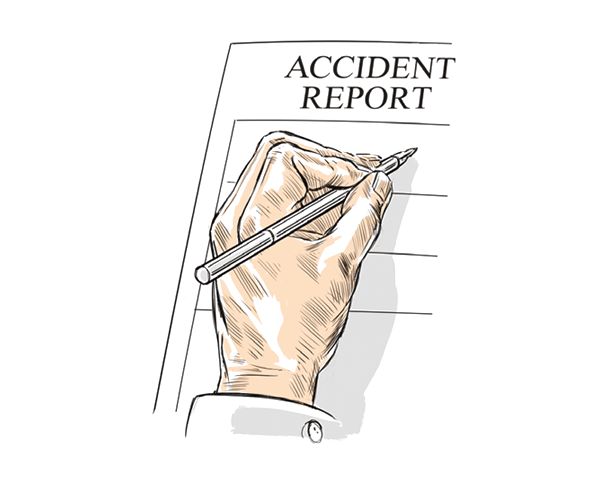Gear-up landing
Piper PA-30 Twin Comanche
N7943Y
Farmingdale, NY
Injuries: None
The aircraft was being flown on a commercial multi-engine checkride. The pilot carried out the checklist while performing S-turns on final, due to slower traffic ahead.
The pilot reported that, “During the unstable approach, my attention was divided between obliging the examiner’s advice, slower traffic ahead, traffic behind and listening for a possible go-around instruction due to poor spacing.”
He stated that he did not see the amber gear unsafe light nor hear the gear warning horn. He reported that the examiner advised him ‘not to reduce power that much as they would sink and get behind the drag curve’.
They landed gear-up, resulting in substantial damage to the fuselage. Subsequent examination showed that the gear motor CB was tripped. When the breaker was reset, the gear operated normally. The gear warning horn and gear green light also operated normally.
Cat’s comment: On Pipers, the amber gear unsafe light should flash when one throttle is closed with gear-up. The horn should sound when BOTH engines are throttled to below about 12in of manifold pressure with the gear not down and locked.
Any configuration changes should follow the LOI procedure – Limitations, Operation, Indication.
Speed check, gear selected down, three greens. Speed check, flap to approach, approach flap set. In this case, the pilot selected the gear down but did not check the indications.
The aircraft had a history of the gear motor CB tripping. But the root cause was simpler, and flagged by the pilot’s own. “During the unstable approach… listening for go-around instructions.”
The approach was several accidents waiting to happen and could so easily have been avoided by a pilot initiated go-around.
Check who is… checking
Piper PA32R
N114BR
Washington, North Carolina
Injuries: None
The pilot was interested in purchasing the aircraft and was accompanied by a flight instructor, provided by the aircraft owner, as he was not recent on type.
Before the flight, 10 gallons of fuel were added to each wing, bringing the total to 38 gallons.
The pilot reported that both he and the instructor performed a thorough pre-flight inspection, including a water drain check.
The plan was for several touch-and-go landings – and the first one was uneventful.
On downwind, the pilot verified that the electric fuel pump was on and switched to the left tank. The engine lost all power and the prop continued to windmill.
The pilot attempted to glide to the airport, while the instructor attempted to restore power, including swapping back to the right tank.
Power was not restored and a forced landing was carried out in a field, causing considerable damage.
Post-flight, about three quarters of a gallon of water was drained from the left tank, about a pint from the fuel lines and none from the right tank.
Cat’s comment: The water in the left tank was the cause of the engine failure. But how could two experienced pilots get airborne with one tank full of water?
I can’t explain why the principle of start and taxi on the low tank then run up and take-off on the fuller tank was missed, but I have an idea about the ‘thorough pre-flight by both pilots’. Multi-crew aircraft have clearly defined divisions of tasks and workload at all stages of the operation.
Typically, the handling pilot will do the walk round then prep his own panel and the navigation system, while the non-handling pilot completes his own panel, all the internal checks then checks the navigation system once the handling pilot has completed route entry.
Then a checklist is run as a challenge response to ensure nothing was missed and finally, the performance data is entered with one pilot reading, the other entering weights and both checking speeds.
When two pilots fly together in a single-crew aircraft, there is no specified division of tasks.
This can lead to some done twice and some, not at all. Did one pilot drain one wing and assume the other pilot had drained the other wing?
Those multi-crew operations never have both pilots doing the walk round. In this case, the only safe way was for the pilot to do all the checks himself.
If the instructor wanted to be sure, then he should have also done all the checks himself.
Both pilots doing some of the checks meant that nobody could be sure that all the checks were done.






